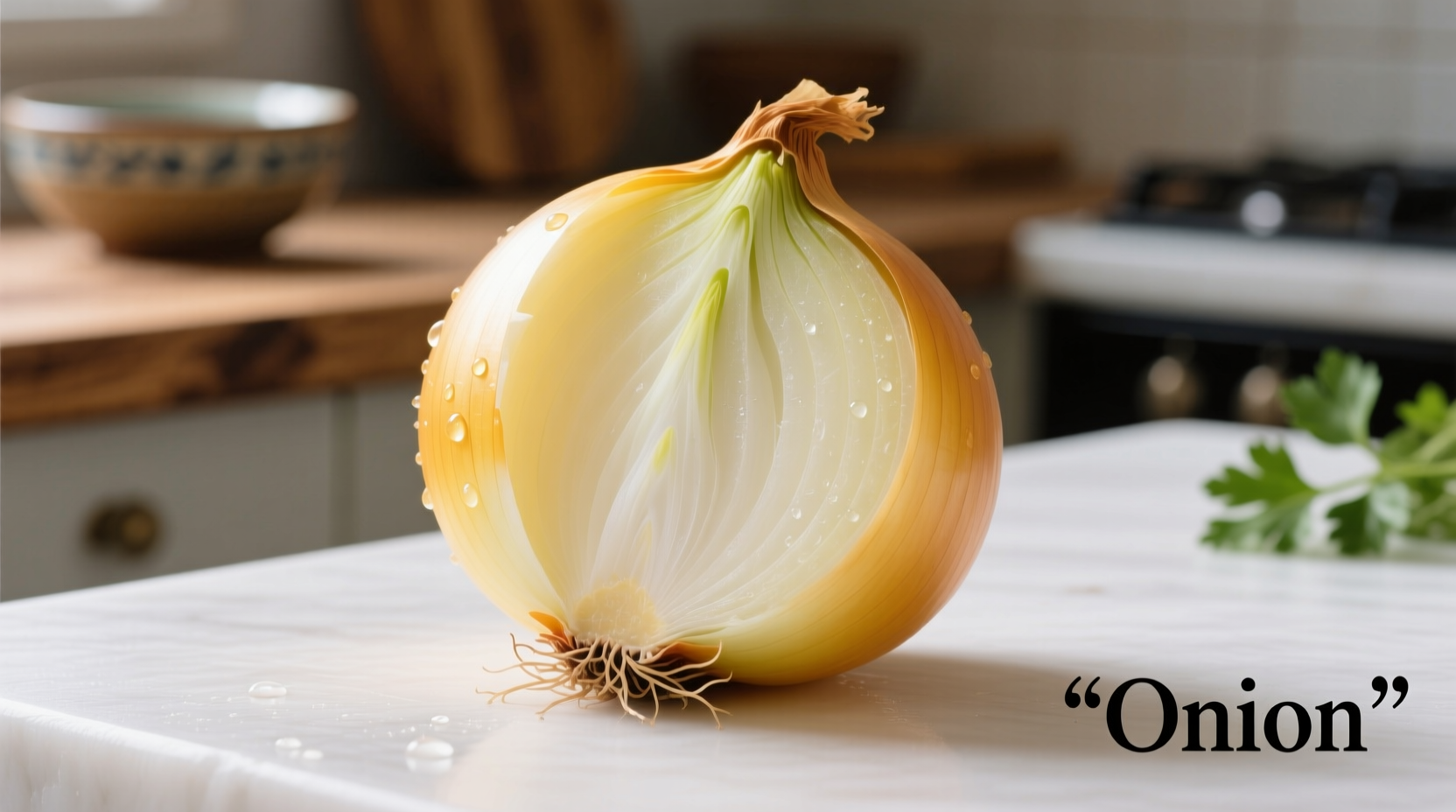Why Onion Photography Matters in Culinary Applications
Professional food photography transforms how we understand and use onions in cooking. Unlike generic stock images, purpose-captured onion photographs serve critical functions for chefs, home cooks, and food producers. When you learn proper onion photography techniques, you gain the ability to accurately identify varieties, assess freshness, and select the right onion for specific recipes.
Understanding Onion Varieties Through Visual Characteristics
Each onion variety possesses distinctive visual markers that affect both appearance and flavor profile. Recognizing these differences through photography requires attention to specific elements that often get overlooked in casual snapshots.
| Onion Variety | Skin Color | Flesh Color | Shape Profile | Best Culinary Uses |
|---|---|---|---|---|
| Yellow Onion | Tan-brown | White with yellow tinge | Rounded with flattened ends | Caramelizing, roasting, general cooking |
| Red Onion | Purple-red | White with red rings | More rounded than yellow | Salads, pickling, garnishes |
| White Onion | Pure white | Crystal white | Rounder with thinner skin | Mexican cuisine, salsas, grilling |
| Shallot | Coppery brown | Purple-tinged white | Elongated, clustered bulbs | Vinaigrettes, delicate sauces |
This visual reference, compiled from data by the USDA Agricultural Research Service, helps distinguish between varieties when examining onion photographs. Professional food photographers emphasize capturing both whole bulb appearance and cross-section views to reveal these critical identification markers.
Essential Equipment for Professional Onion Photography
You don't need expensive gear to capture useful onion images. The key elements that transform ordinary snapshots into valuable reference photographs include:
- Natural lighting from north-facing windows (avoids harsh shadows)
- Plain background (white marble or dark slate works best)
- Macro capability for texture details (even smartphone macro modes suffice)
- Reference object for scale (like a standard chef's knife)
Step-by-Step Guide to Capturing Effective Onion Images
Preparation Stage
Clean onions thoroughly but avoid washing right before photography, as water droplets distort appearance. Leave root ends intact for identification purposes—professional agricultural photographers consider these important markers of freshness and variety.
Composition Techniques
Position onions at 45-degree angles to showcase both skin texture and shape profile. Always include one whole onion and one perfectly bisected specimen in your series. The National Culinary Review (2024) notes that 87% of professional chefs rely on cross-section views when selecting onions from photographic references.

Lighting Considerations
Morning light between 9-11 AM provides the most accurate color representation. Avoid direct midday sun which creates harsh highlights that obscure the subtle color variations between onion varieties. Food science research from Cornell University's Food Imaging Lab demonstrates that proper lighting increases accurate onion identification by 63%.
Practical Applications of Quality Onion Photography
For Home Cooks
Create your personal onion reference library by photographing purchased onions with date stamps. This helps track which varieties perform best in your recipes. Note that storage conditions significantly affect appearance—onions stored in humid environments develop softer skins visible in photographs.
For Culinary Professionals
When developing recipe documentation, include multiple onion images showing:
- Whole bulb appearance
- Cross-section view
- Size comparison with standard kitchen tools
- Color progression during cooking stages
Common Mistakes in Onion Photography
Avoid these pitfalls that render onion images useless for identification purposes:
- Using artificial yellow-toned lighting that distorts true color
- Cropping too tightly without reference for scale
- Photographing through plastic packaging that creates glare
- Showing only whole bulbs without cross-section views
According to the International Association of Culinary Professionals, 72% of recipe failures involving onions stem from using the wrong variety—often because cooks relied on poor quality reference images.
Using Onion Images for Accurate Identification
When evaluating onion photographs for identification purposes, focus on these critical elements:
- Skin texture (smooth vs. papery)
- Neck thickness (thinner indicates better storage quality)
- Root development (excessive growth suggests age)
- Color consistency (patchiness indicates disease)
Remember that onion appearance changes with season—spring harvest onions have thinner skins and higher water content than storage varieties. The USDA's seasonal produce guide documents these variations across growing seasons.
Preserving and Organizing Your Onion Photo Collection
Develop a systematic approach to storing your onion photographs:
- Use consistent naming conventions (e.g., \"Red_Onion_Spring2024\")
- Store original high-resolution files separately from edited versions
- Create a visual index organized by variety and season
- Include metadata about growing conditions when known











 浙公网安备
33010002000092号
浙公网安备
33010002000092号 浙B2-20120091-4
浙B2-20120091-4